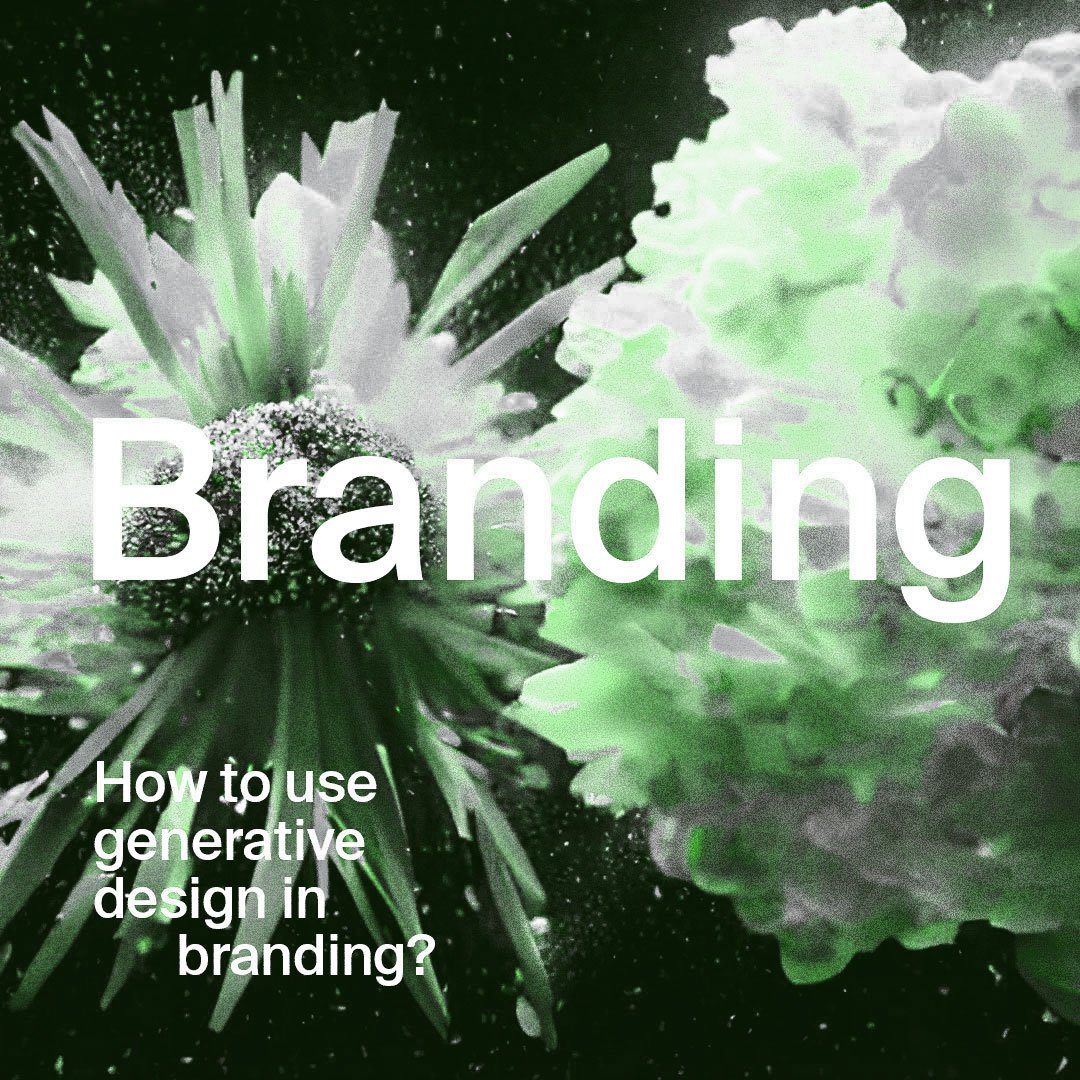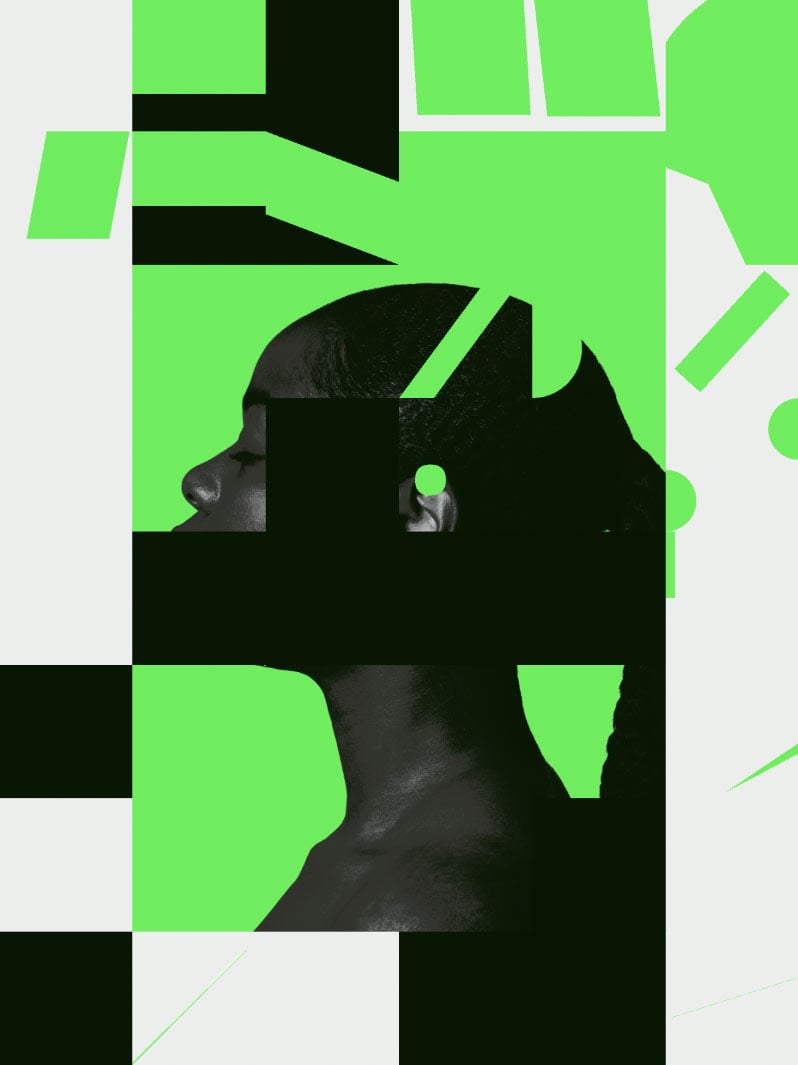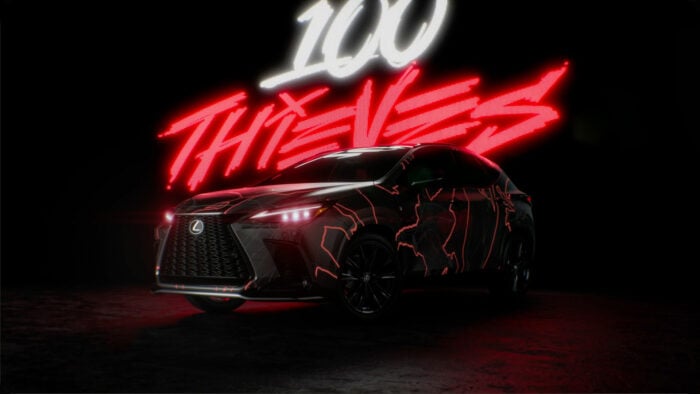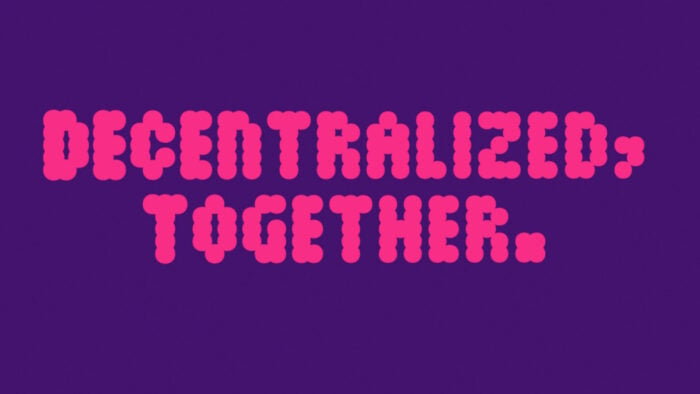New stories. Future aesthetics.
Generative design for brands.
Generative Design
How do we become visible in a world that has already seen everything? As designers and creatives, we have more opportunities for expression today than ever before. At the same time, as the world becomes more complex and nuanced, it becomes increasingly difficult to represent it. What we lack is not technology. We need a new way of thinking.
Generative Design is a new and exciting chapter in the field of communication design. It changes the very core of how design works. Imagine a world which allows you to create narratives, designs and dynamic brand experiences that are flexible, reactive, alive and breathing. By utilizing its potential and sharing my knowledge, I help brands, agencies and cultural institutions tell their stories in impactful new ways and develop completely novel forms of expression and engagement.
A new approach
to creativity →
Anyone who wants to remain competitive in the field of communication design in the future should develop an understanding of generative design. The reason for this is not found in the frequently implored, ever-new achievements of an accelerating world of technology. Rather, it is a fundamental and thus timeless characteristic of generative design that establishes it as a groundbreaking method in the minds and hands of creative professionals: generative design makes it possible to stage brand and product stories in a way that would be inconceivable without this innovative approach. This is made possible by modern forms of creative expression and communication that result from the fusion of data, storytelling, programming, interaction and form.
My interpretation of generativ design is concerned with the question of what happens when we expand the concept of design and think beyond the individual. When we no longer see technology merely as a tool, but as a partner and make the diverse phenomena of our environment the driving factor of design. When design becomes a co-creative process between man, machine and environment.
By shifting the role of the creative from an artisan to a conductor, you enter a new world of flexible, system-driven design: In this world of generative design, the creative’s role changes to one of exploring the rules, defining the goals and curating the results. In this sense, we start to co-create with the computer in a radically new way, making it a creative partner which can contribute to the creative process in new and unprecedented forms. This fusion of storytelling, creativity and interaction with generative, data-driven and reactive systems allows agencies and brands to set themselves apart and to lead future conversations by crafting completely novel forms of expression.
This enables dynamic brand identities that adapt to a company’s core business model in real-time. Think: Packaging that individually reflects and adapts to a vintage’s unique mix of environmental factors. Think: Hundreds of thousands of unique, on-brand design variations tailor-made for each recipient. Think: Interactive and flexible visual systems which can be used across the full spectrum of touch points. The creative potential is infinite.
DATA-DESIGN DICTIONARY
A dictionary to illuminate data-driven generative design and creative coding.
Data-driven
storytelling →
Generative Design uses data as a driving factor for almost everything. This leads to interesting and quite fundamental discussions in the creative process as – at its very core – this raises the question of what makes a company or a brand or a product tick. What is the essence of it, what data is tied to it and what data does it generate? To best approach this data-driven angle of storytelling, my core strategy incorporates using the concept of an »input/output« model. This unlocks a clear perspective on the creative landscape of potential within any given brief and gives a clear sense of direction.
If you think about it, almost everything can be encoded into data these days – be it a transaction, the weather or the motion of people. Tapping into this vast potential of possible data-sources and understanding them as inputs that can meaningfully set in motion a narrative, visual system or dynamic brand experience is among the most powerful aspects of generative design.
An exploration of generative design opens up – in addition to a technical and skilled advantage – a mindset: it encourages us to look at our world in a new way and offers inspiration for different kinds of communicative approaches and projects. This perspective creates an opportunity for creative professionals to break new ground with design and storytelling via the connection between technology and communication in their work as it poses the question of how this explorative way of thinking and designing can create dynamic brand environments that foster meaningful connections between people and brands.

The input-output-method: Stories from data can be transformed and formed across the full range of the physical and digital spectrum.
The creative
process →
Once there is a clear sense of direction which input can power a narrative, the exciting chapter of exploration, prototyping and design begins. If you look at the mind map above, you can see a path forming: The »input« is fed into a process and eventually generates an output.
The »process« is the defining factor of every generative design system and the most powerful part of this approach to creating communication design: It distills all of the ideas, thoughts and possibilities into a form which allows the computer to take part in the creative process. By encoding our thoughts into a form of “creative brief” for the computer, we shift the creative process from a manual to a (semi-)autonomous task: Instead of creating variations of design by hand, we are now able to influence the parameters, focus and direction of the creative brief and have the computer automatically generate the result.
While this process can be fully controlled by a human, the creative co-creation with the computer starts to show its full potential once the computer is granted a certain degree of freedom to make decisions and influence the creative direction. Those can range from simple random decisions to highly complex outcomes based on machine learning and data-analysis. This »process« becomes our »creative algorithm« – a design machine that can generate thousands of variations in an instant, learn from and adapt to our tastes while using real-time data to be reactive and relevant to those who see, use or touch it.
Brute. A brand crafted by the elements.
2017, Landor & Fitch and Patrik Hübner
Lexus NX 100 Thieves.
2022, Team One, Los Angeles and Patrik Hübner
A NEW MINDSET – generative design creates space for creative professionals to think and act in new ways, enabling them to capture people’s attention in an oversaturated market environment and communicate beyond the superficial.
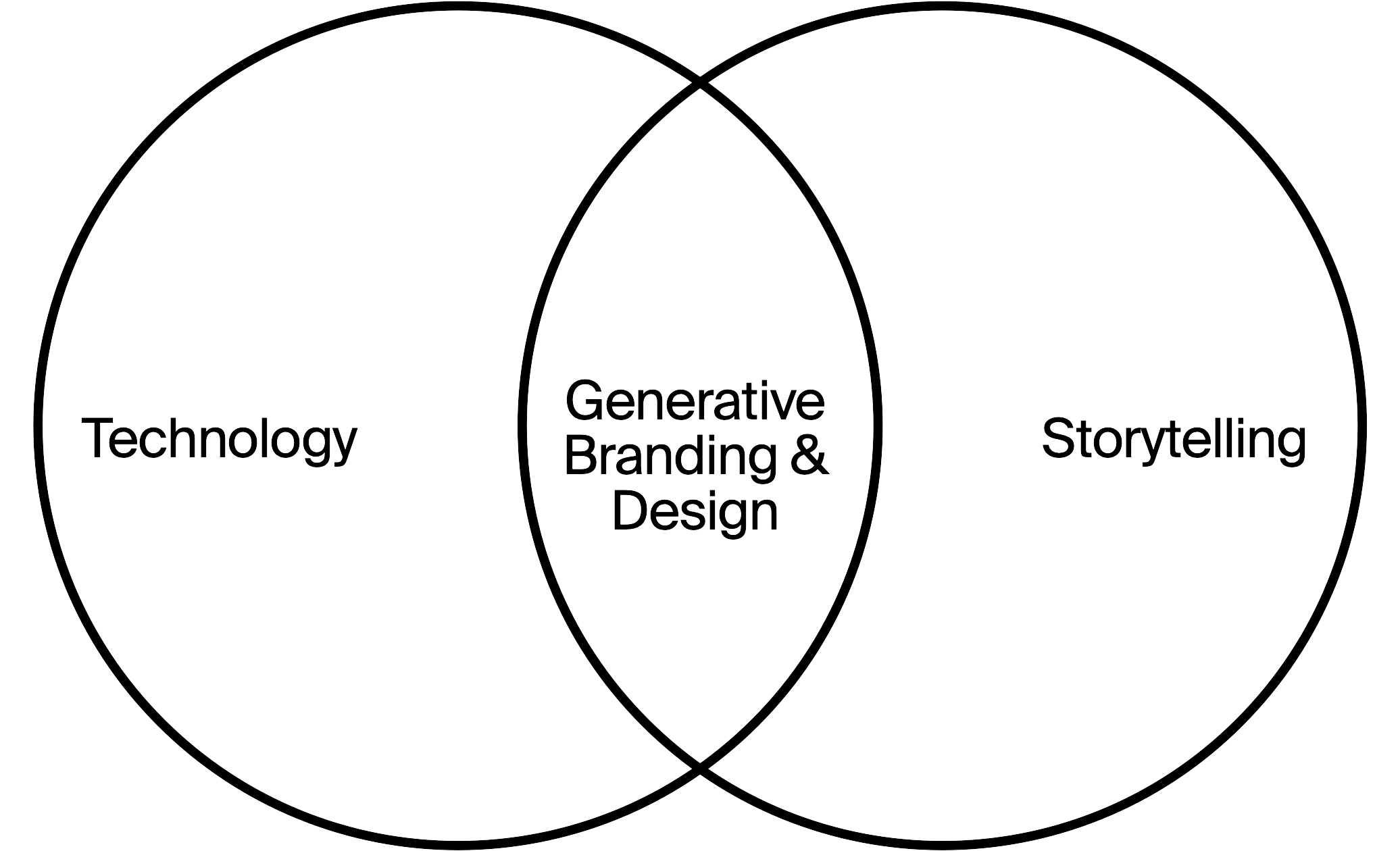
Learn
more →
An early physical iteration of the current manuscript of my book. Working title: Design Unlimited. While the draft is written in German, the final book will of course be published in English.
I recently wrote the first manuscript for a book that is aimed at introducing creative professionals and students to the creative potential, mindset and methodology of generative design for communication design. I will constantly be updating this page with snippets from the book and continue to work towards my goal of publishing it in early 2025. Here is a short introduction:
Whether online or offline, today’s media landscape is one thing above all: loud. More and more messages are reaching us through more and more channels, fighting for the scarcest commodity on the advertising market: our attention. To survive in this shark tank, it’s no longer enough for a brand to simply project its image and message to the outside world. It’s about leaving a lasting impression.
If you want to stay in the loop about the book and new insights on generative design:

